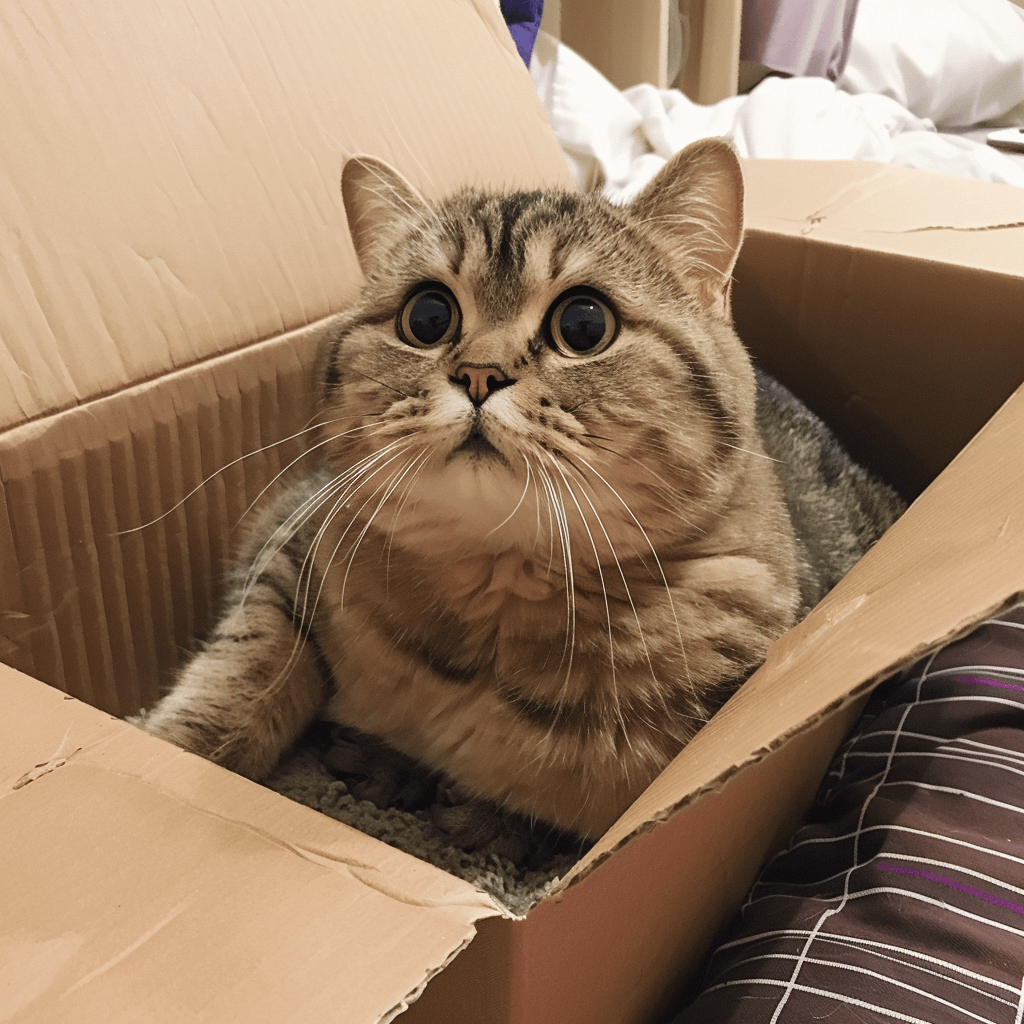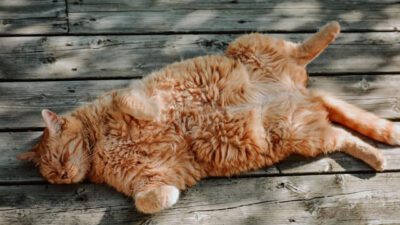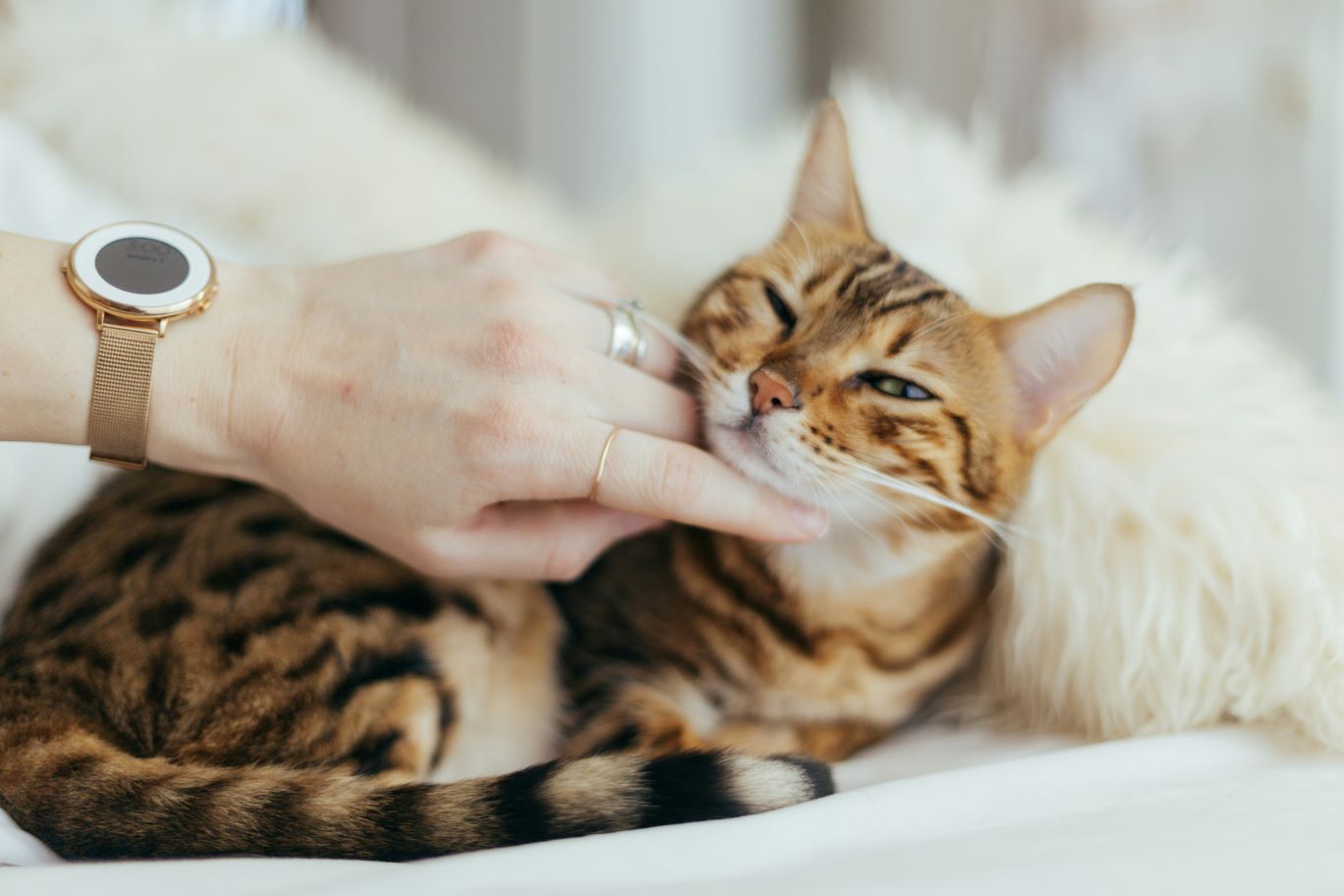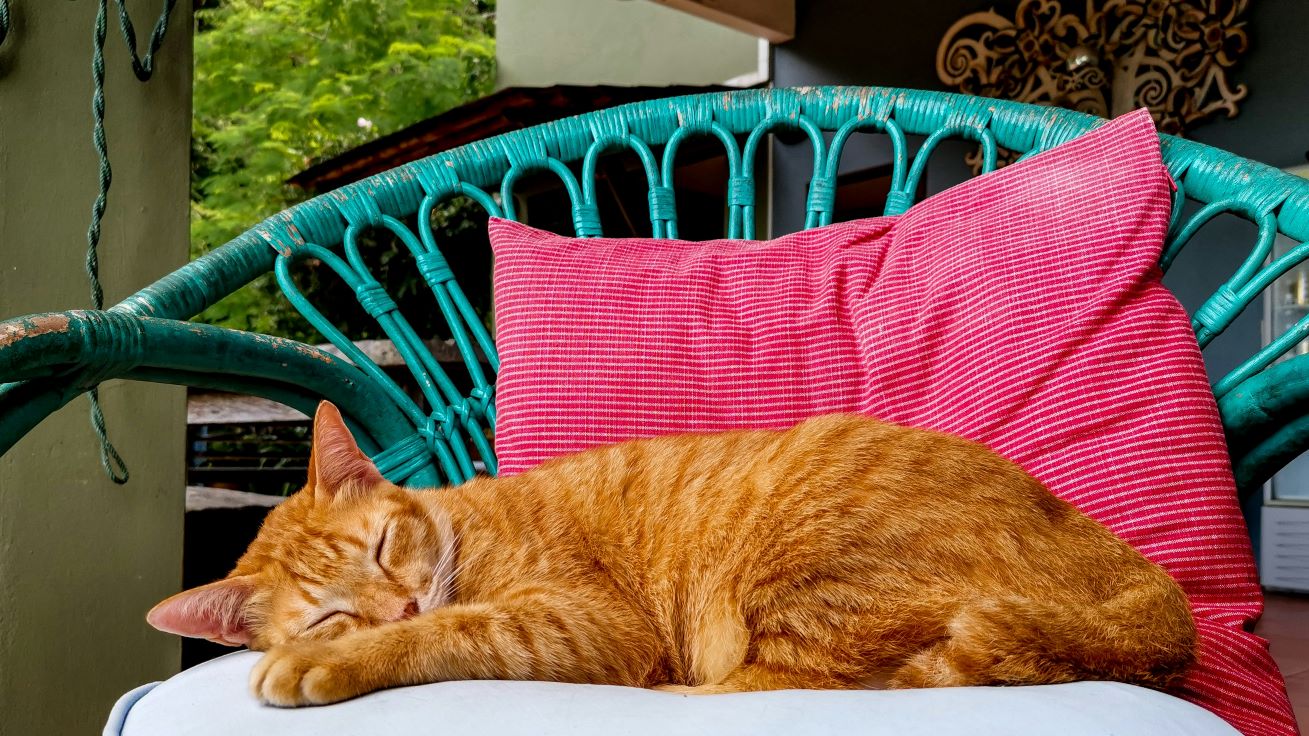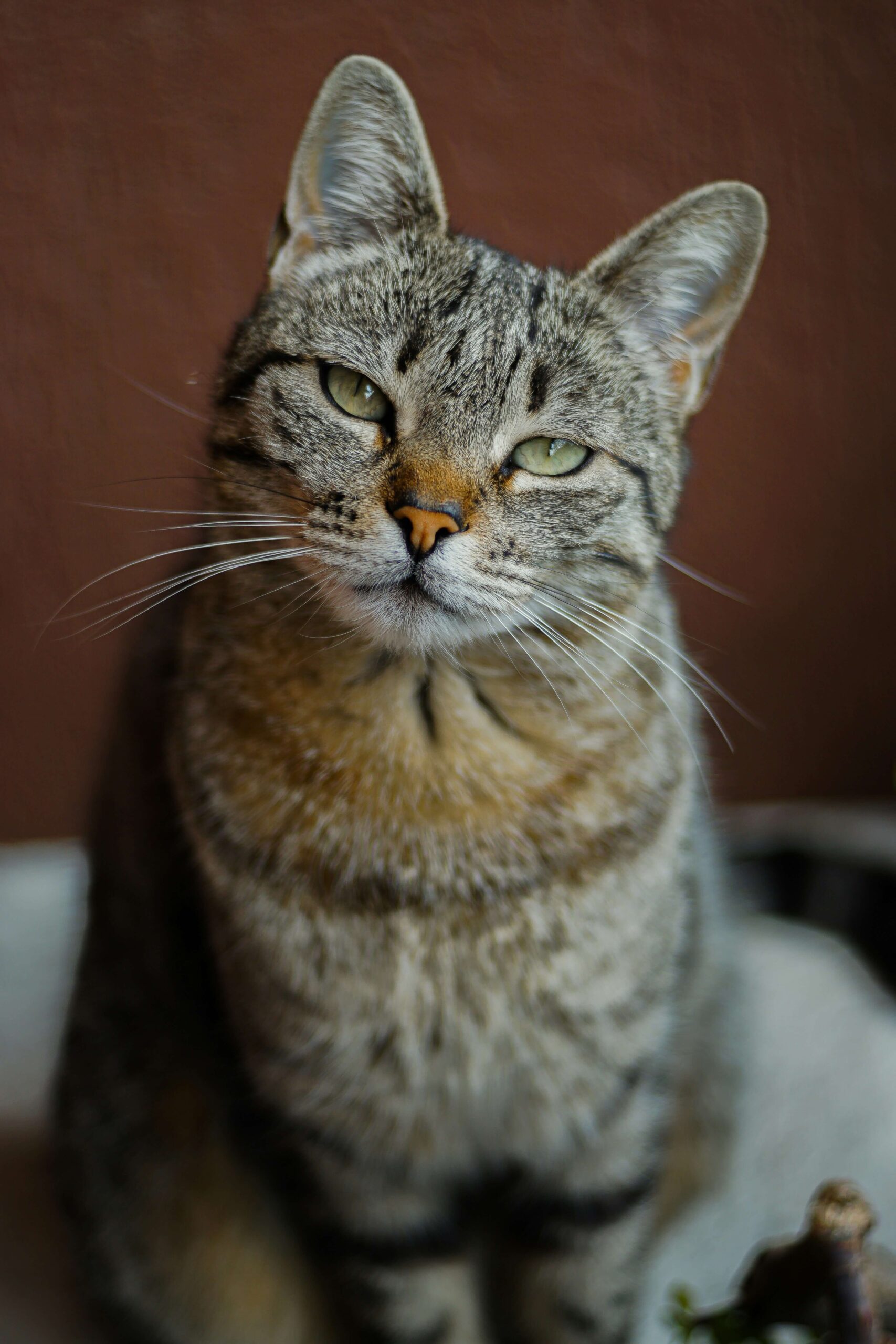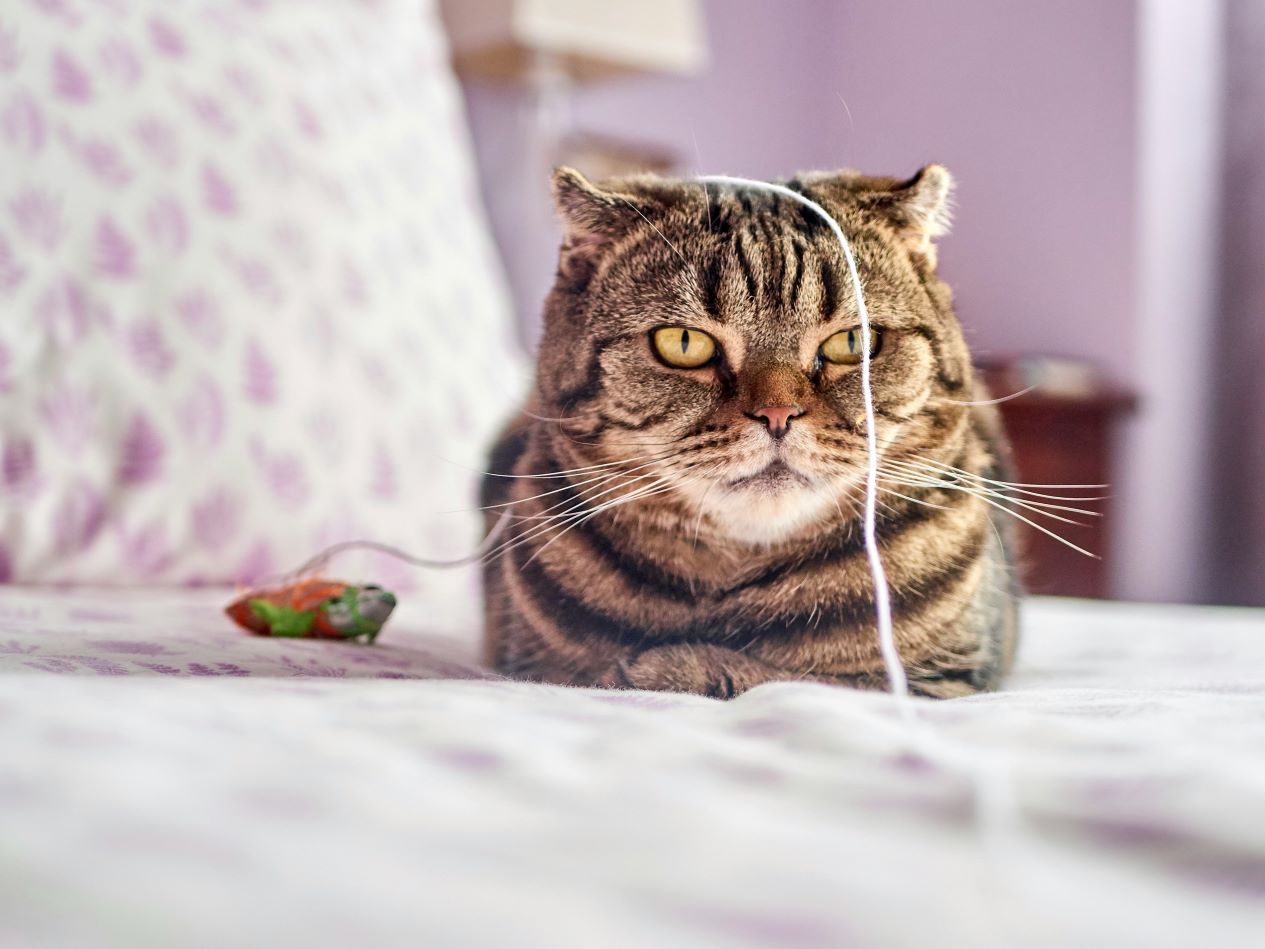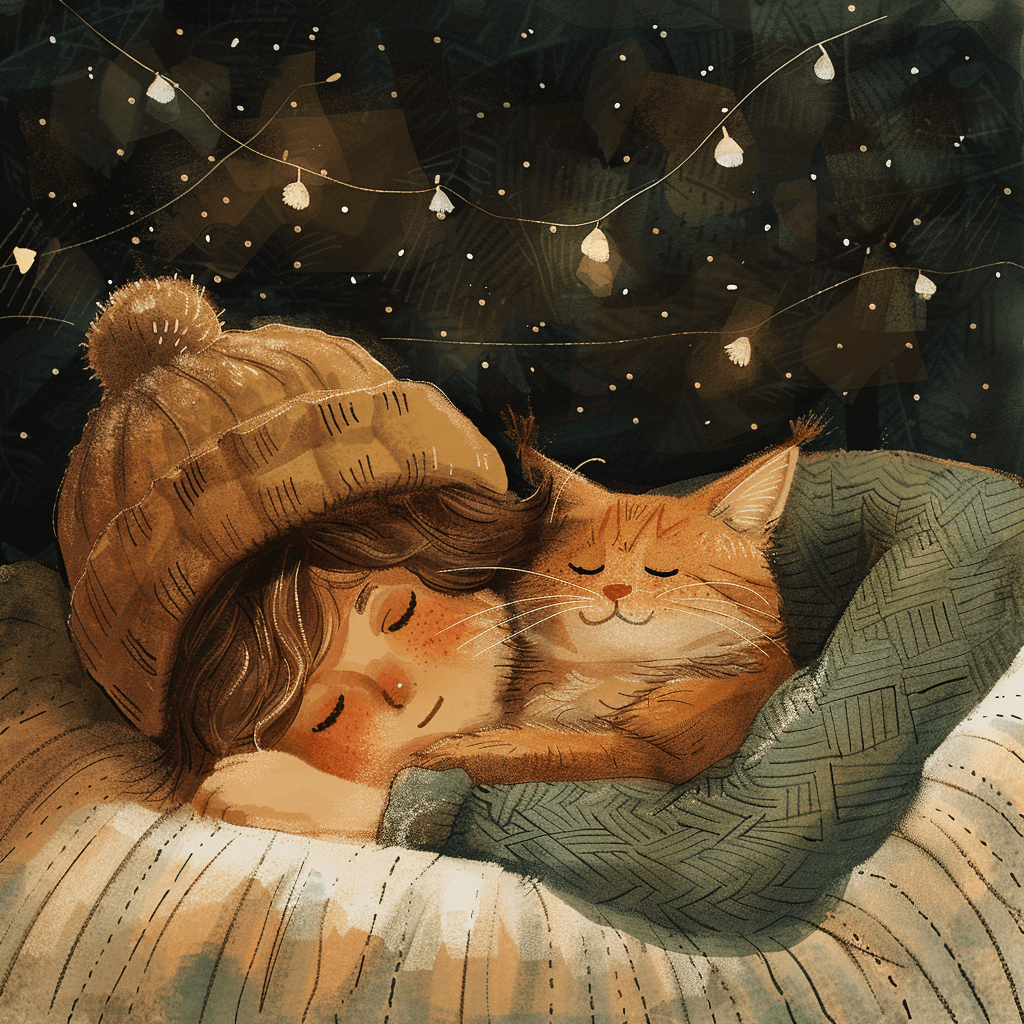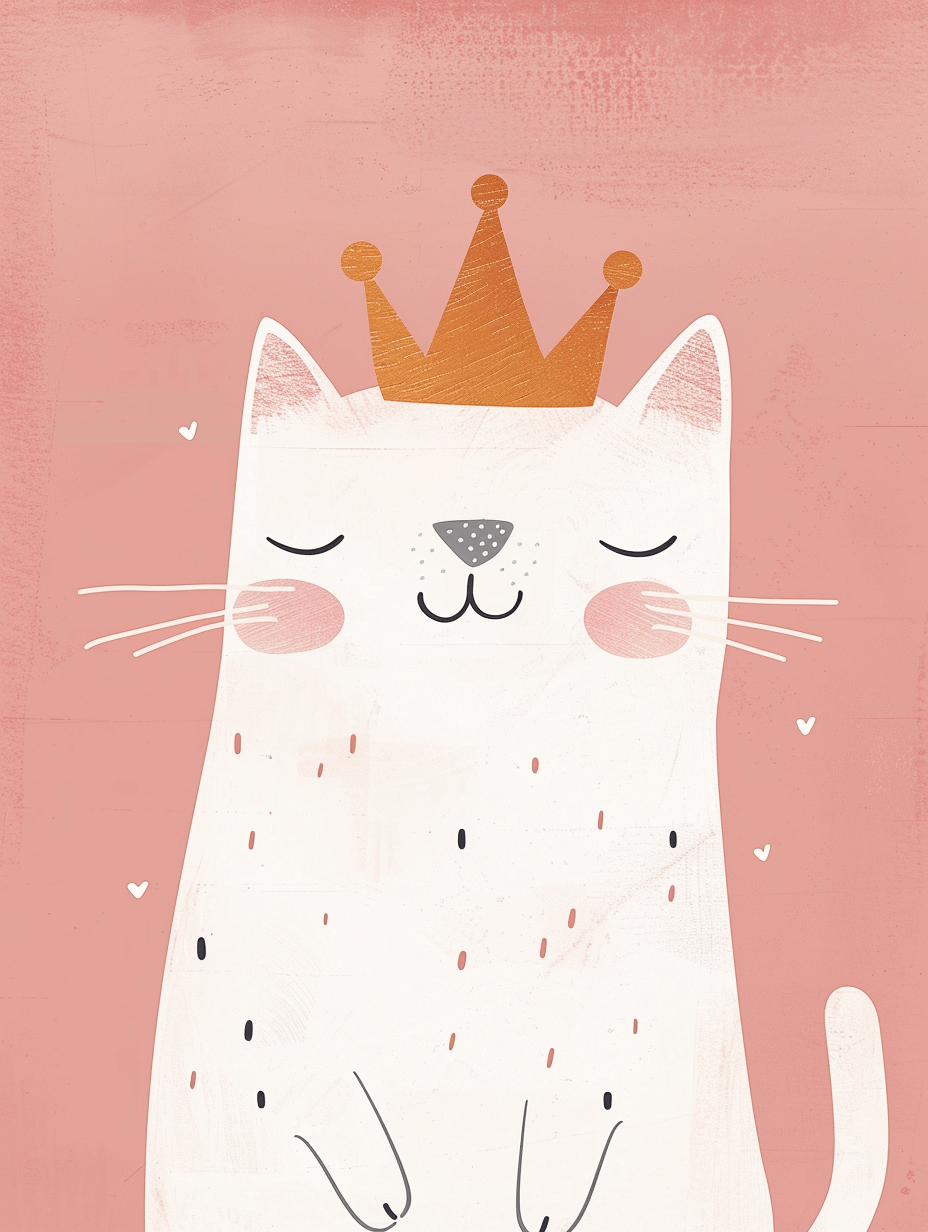The Cardboard Conundrum: Why Cats Prefer Boxes Over Fancy Furniture
As cat owners, we’ve all been there. You spend a small fortune on a luxurious cat tree, complete with plush perches and dangling toys, only to find your feline friend curled up contentedly in the cardboard box it came in. This phenomenon is so common it’s become a running joke in the pet-owning community. But why exactly do our cats seem to prefer these simple cardboard cubes over the elaborate cat furniture we lovingly provide? Let’s dive into the fascinating world of feline psychology and explore the irresistible allure of the humble cardboard box.
The Appeal of Enclosed Spaces
Cats are instinctively drawn to enclosed spaces. In the wild, small, confined areas provide safety from predators and serve as ideal spots for ambushing prey[1]. A cardboard box mimics these natural hideaways, giving your cat a sense of security and comfort. The enclosed space of a box allows your cat to observe their surroundings while feeling protected, satisfying their innate need for a safe vantage point[2].
Stress Relief and Comfort
Believe it or not, cardboard boxes can actually help reduce stress in cats. A study from the University of Utrecht found that cats with access to boxes in new environments adapted more quickly and showed lower stress levels than those without boxes[3]. The confined space of a box provides a comforting, den-like atmosphere where cats can retreat when feeling overwhelmed or anxious.
Temperature Regulation
Cats have a higher body temperature than humans and prefer environments warmer than what we typically maintain in our homes. Cardboard is an excellent insulator, helping cats retain their body heat[3]. When your cat curls up in a box, they’re creating a cozy microclimate that’s just right for their comfort.
Texture and Sensory Appeal
The texture of cardboard is particularly appealing to cats. It’s perfect for scratching, biting, and marking with their scent glands. This sensory experience is both enjoyable and instinctively satisfying for cats[1]. The crinkly sound of cardboard can also be intriguing and stimulating for curious felines.
Simplicity and Novelty
While we might see an elaborate cat tree as the ultimate feline playground, to a cat, it can be overwhelming. A simple cardboard box offers a clear, uncomplicated space that’s easy to understand and interact with. Additionally, the novelty of a new box – with its unique smells and textures – can be incredibly exciting for a cat’s curious nature[2].
The DIY Approach
Given cats’ love for cardboard, many owners have embraced this preference by creating DIY cat furniture using cardboard boxes. This approach not only saves money but also allows for customization to suit your cat’s specific preferences[5]. Plus, it’s an environmentally friendly way to repurpose packaging materials.
Here are some ways to make cardboard boxes more appealing to your cat:
- Cut holes in the sides: Create peek-a-boo holes or entrances/exits to make the box more interactive.
- Add toys or treats: Place some of your cat’s favorite toys or treats inside to encourage exploration.
- Use catnip: Sprinkle some catnip inside or rub it on the box to attract your cat.
- Create multiple levels: Stack boxes or cut openings between them to make a multi-level play structure.
- Line it with soft bedding: Add a cozy blanket or towel to make it more comfortable for lounging.
- Incorporate scratching surfaces: Glue sisal rope or corrugated cardboard to the sides for scratching.
- Make it a puzzle feeder: Cut small holes and hide treats inside for your cat to fish out.
- Decorate it: Use non-toxic paint or markers to make the box more visually appealing.
- Change its location: Move the box around to different spots to keep it interesting.
- Create a tunnel: Connect multiple boxes to form an exciting tunnel system.
- Add dangling toys: Attach strings with toys to the top of the box for batting play.
- Use it as a base for other activities: Place the box near a window for bird watching or use it as a launching pad for other toys.
Remember to supervise your cat when introducing new play items and replace boxes if they become worn or damaged. By making cardboard boxes more engaging, you can provide your cat with enriching and entertaining play experiences.
Conclusion
While it might seem frustrating to invest in expensive cat furniture only to have it ignored in favor of a cardboard box, understanding the reasons behind this preference can help us better cater to our cats’ needs. The next time you receive a package, consider saving the box for your feline friend. You might find that the simplest solution is often the most appealing to our complex and fascinating feline companions.
Remember, every cat is unique, and while many cats love boxes, some may prefer other types of spaces or toys. The key is to observe your cat’s preferences and provide a variety of options for play, rest, and exploration. After all, the joy of cat ownership lies in these quirky behaviors that make our feline friends so endearing and entertaining.
Citations:
[1] https://www.catit.com/spotlight/why-are-cats-obsessed-with-cardboard-boxes/
[2] https://be.chewy.com/behavior-pet-facts-why-do-cats-like-boxes/
[3] https://www.petmd.com/cat/behavior/why-do-cats-like-boxes
[4] https://www.reddit.com/r/declutter/comments/v8pazo/cat_owners_how_do_you_make_the_cardboard_boxes/
[5] https://www.songmics.com/blogs/pet-caring-tips-guides/crafting-joy-the-diy-cardboard-cat-tree-guide
